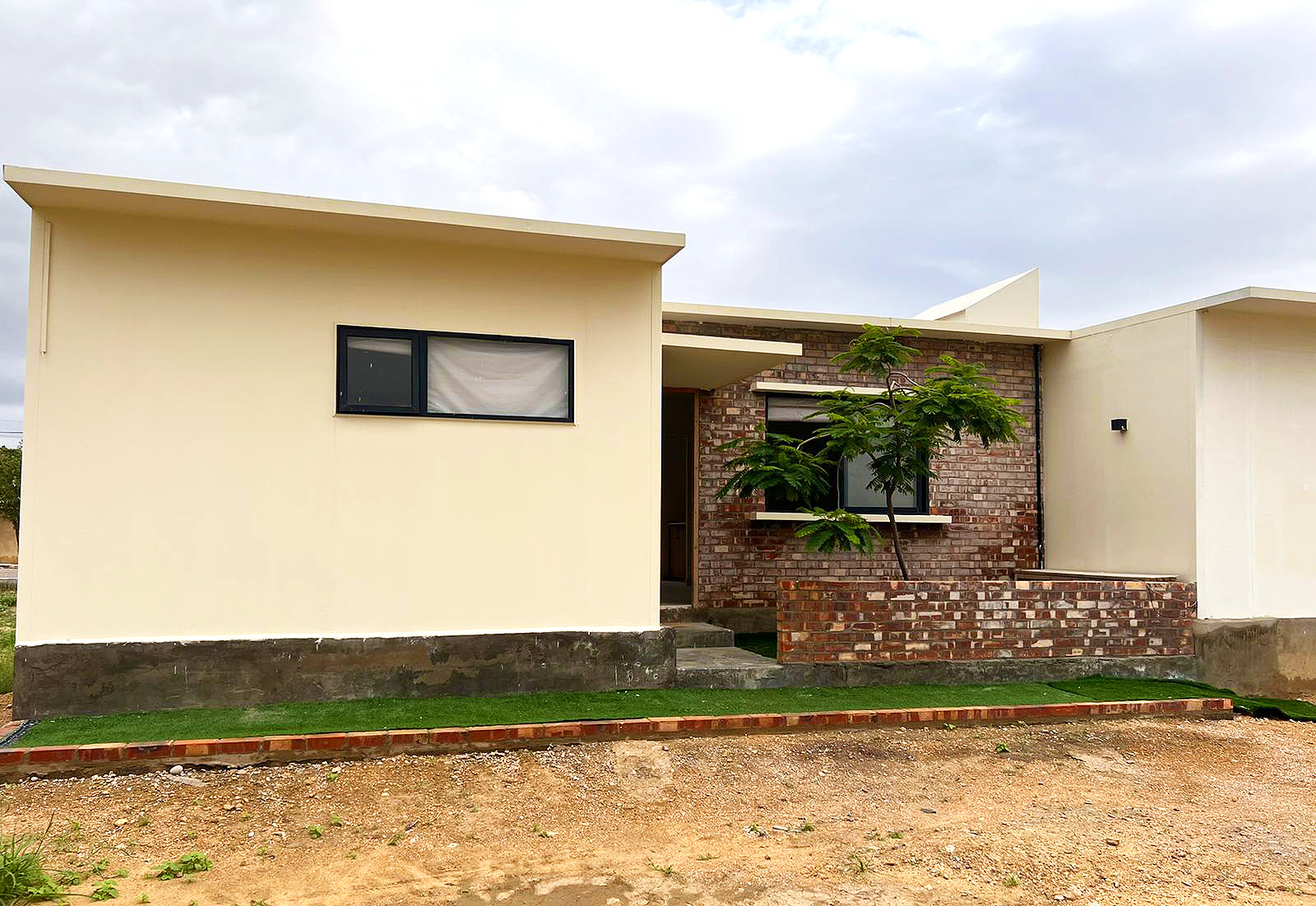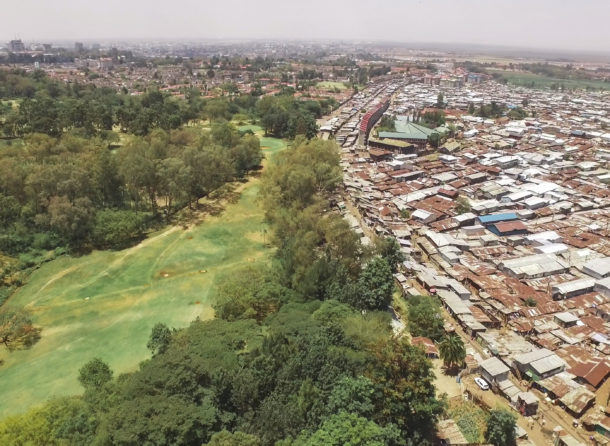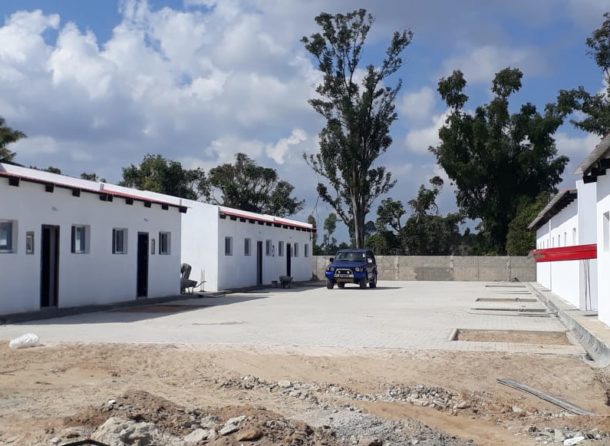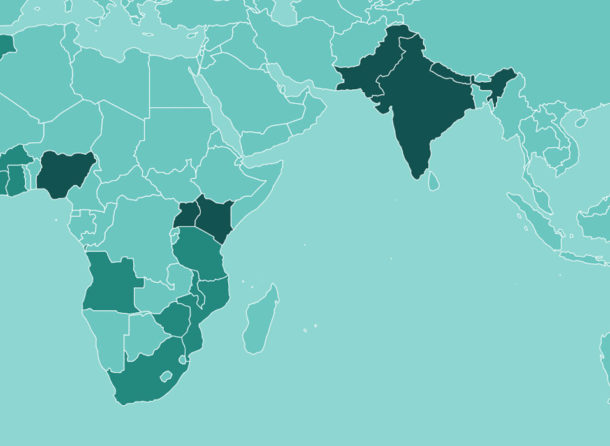
Climate and affordability: building green doesn’t mean a hefty price-tag
The problem
Over 300 million new homes will be needed in Africa and Asia by 2030, but construction that uses traditional materials and methods accounts for almost 40% of greenhouse gases. Meeting this need through traditional construction could have a devastating impact on the environment.
There is huge untapped potential to scale up construction of green homes. But a perception exists that green construction is difficult and expensive. This deters developers from exploring the value of building low-cost homes that don’t have negative impact on the environment.
Reall’s position: Cost is no barrier to climate-smart and resilient affordable housing.
Our evidence shows that we don’t have to pick between affordable or sustainable, and there is growing recognition that if we’re not building sustainably, then it won’t be affordable in the long run. But action is needed to build confidence and increase investment into sustainable approaches on a level necessary to keep up with rapid urban growth.
What is needed?
Successful scale up of low-cost green building methods will require overcoming barriers in two areas – changing perceptions and moving to an enabling environment.
Changing perceptions
- Construction sectors don’t value the need to build green.
- Green construction is seen as more expensive than traditional construction
- Green construction is seen as more complicated than traditional construction
- Green construction is not trusted in the way traditional construction methods are
- A lack of knowledge about alternative green options limits uptake among developers
- Public financiers are also unconvinced of the viability of green construction.
- Developers and financiers do choose some low-cost solutions that are available, but that generally do not address environmental issues.
Moving to an enabling environment
- Green building innovations are hindered by current policy and building regulations, where they exist.
- Workforces and skilled labourers lack basic understanding in and experience of applying green methods.
How do we do this?
- Effective methods that limit carbon emissions, and boost resilience in climate vulnerable areas, exist. They are low-cost and ready to deploy. It is possible to roll out these solutions on a global scale.
- Bring finance and investment into this space.
- Invest in alternative building materials, so they can be brought to scale.
- Data is critical. Reall’s pioneering Market Shaping Indicators offer open-source evidence from across our portfolio to builders and financiers so they can understand the reality behind market blockages, informing their decisions on the affordability and sustainability of greening housing construction.
- Set green building goals for future cities, supported by a policy and investment framework.
- Focus on energy efficiency in the built environment, to avoid the dangerous path of responding to urban heating through means which contribute to climate change.
- Increase emphasis on circularity, including the re-use of scarce building materials and understanding the carbon impact of housing as a driver of current and future emissions in order to avoid this.
Where has Reall seen success?
Reall’s affordable housing portfolio demonstrates a range of appropriate, green, low-cost solutions delivering lasting impact through innovative methods.
- Building with new or alternative local materials – such as compressed earth bricks, cross laminated timber.
- Adapting housing/community design – wind catchers and other low tech passive cooling systems, built in resilience to extreme weather events.
- Taking inspiration from nature and biomimicry – such as sustainable forest management, and green Decentralised Wastewater Treatment Systems (DEWATS), such as ECO STP.
- Developing innovative financing mechanisms to encourage green investment, green regulation, and green building.
- Through committing to EDGE certification for all future affordable housing projects, Reall is demonstrating that integrating environmental goals into meeting people’s housing needs is not a trade-off, and is possible at scale.
Future recommendations
- Investing in developers who are pioneering and promoting low-cost green practices will shift housing markets, standardise green construction methods and crowd in new private sector actors.
- Encouraging lenders and borrowers to make green investments and explore innovative, blended financial models. Currently, less than 5% of emerging debt instruments are green. Yet the appetite for sustainable financing and impact investing is rising rapidly.
- Leading a data revolution. Data is the backbone of the green transition – we need datasets which are open and comparable.
- Considering sustainability across the whole supply chain from the beginning – for all designs, all buildings and all communities.
Reall is championing construction that is both commercially and environmentally viable – that is climate-smart and affordable. We can’t afford not to be green – for the houses and inhabitants themselves, for the cities and communities to be sustainable, and for the investment to have long term impact.
Read more stories

How Affordable Homes could help solve the global climate crisis
The United Nations climate summit, COP25, starts today in the Spanish city of Madrid where climate leaders will push to scale up action and investments into rapidly reducing global greenhouse gas emissions and support broader sustainable development agendas, specifically addressing …

Celebrating affordable housing in Beira
The ribbon-cutting ceremony was attended by Reall’s Director of Investment and Operations Patrick Domingos-Tembwa, Mayor of Beira Daviz Simango and Casa Real Director Marie Odile. The celebration was particularly poignant as these homes managed to withstand the destruction of Cyclone…

New Partnership: Syntellect
Reall are delighted to be partnering with India-based technology firm, Syntellect. Syntellect are committed to giving unbanked people the opportunity to access mortgage finance across Africa and Asia. Syntellenct has created RightProfile, a customer profiling platform designed to help lenders …


